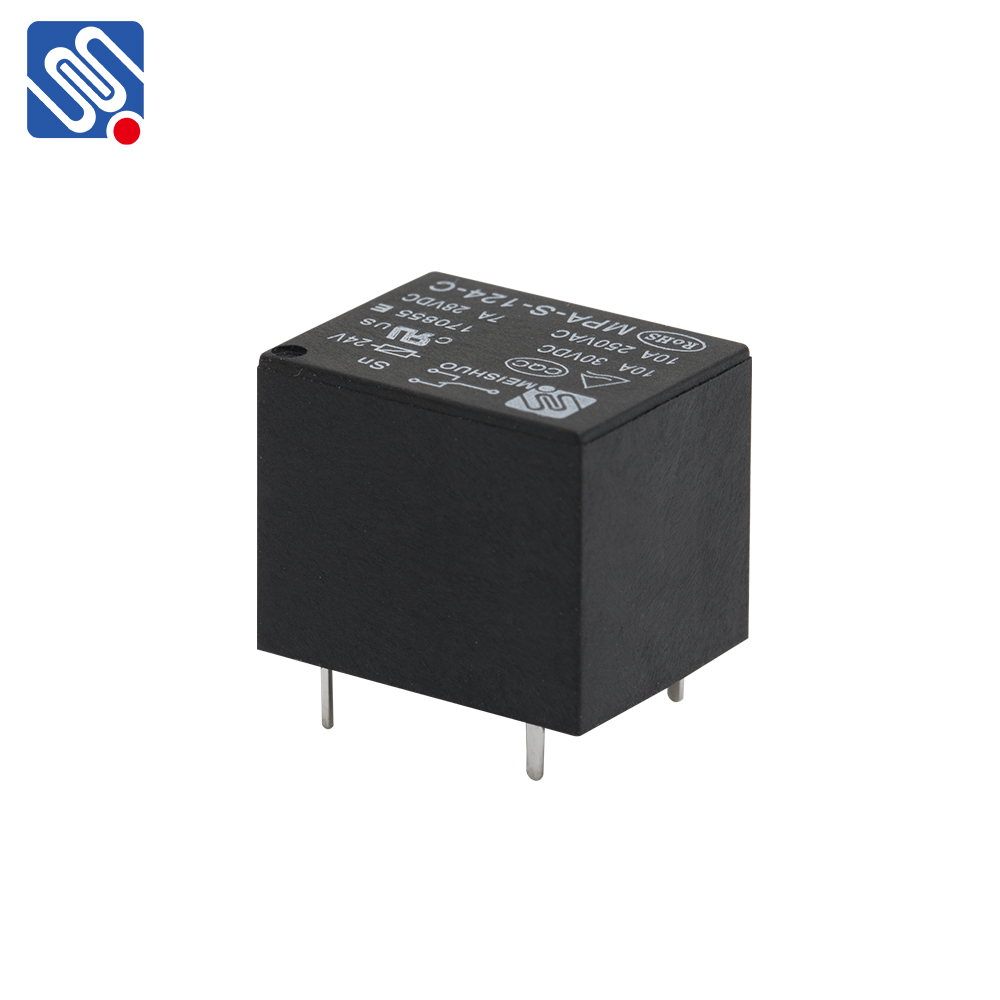understanding relay drive: a key component in electrical systems
Release time:2025-07-20 16:49:28
Relay drive systems play a crucial role in the functioning of various electrical applications, offering an efficient and reliable way to control circuits and manage power distribution. The relay drive is integral to the operation of many devices, from home appliances to industrial machinery, providing a safe method for controlling high-voltage circuits using low-voltage signals. This article explores what relay drives are, how they work, and the benefits they bring to electrical systems.

What is a Relay Drive?
At its core, a relay drive is a mechanism used to control an electrical relay, which is an electromechanical switch that opens or closes a circuit. The relay typically consists of an electromagnet, an armature, and contacts that change position when the electromagnet is energized. The role of the relay drive is to activate or deactivate the electromagnet, thus controlling the relay's state.
Relay drives are often used in situations where it is necessary to control high-power electrical circuits with low-power signals. This is particularly important in cases where it would be unsafe or impractical to directly control high-voltage components using a control system, such as a microcontroller or switch.

